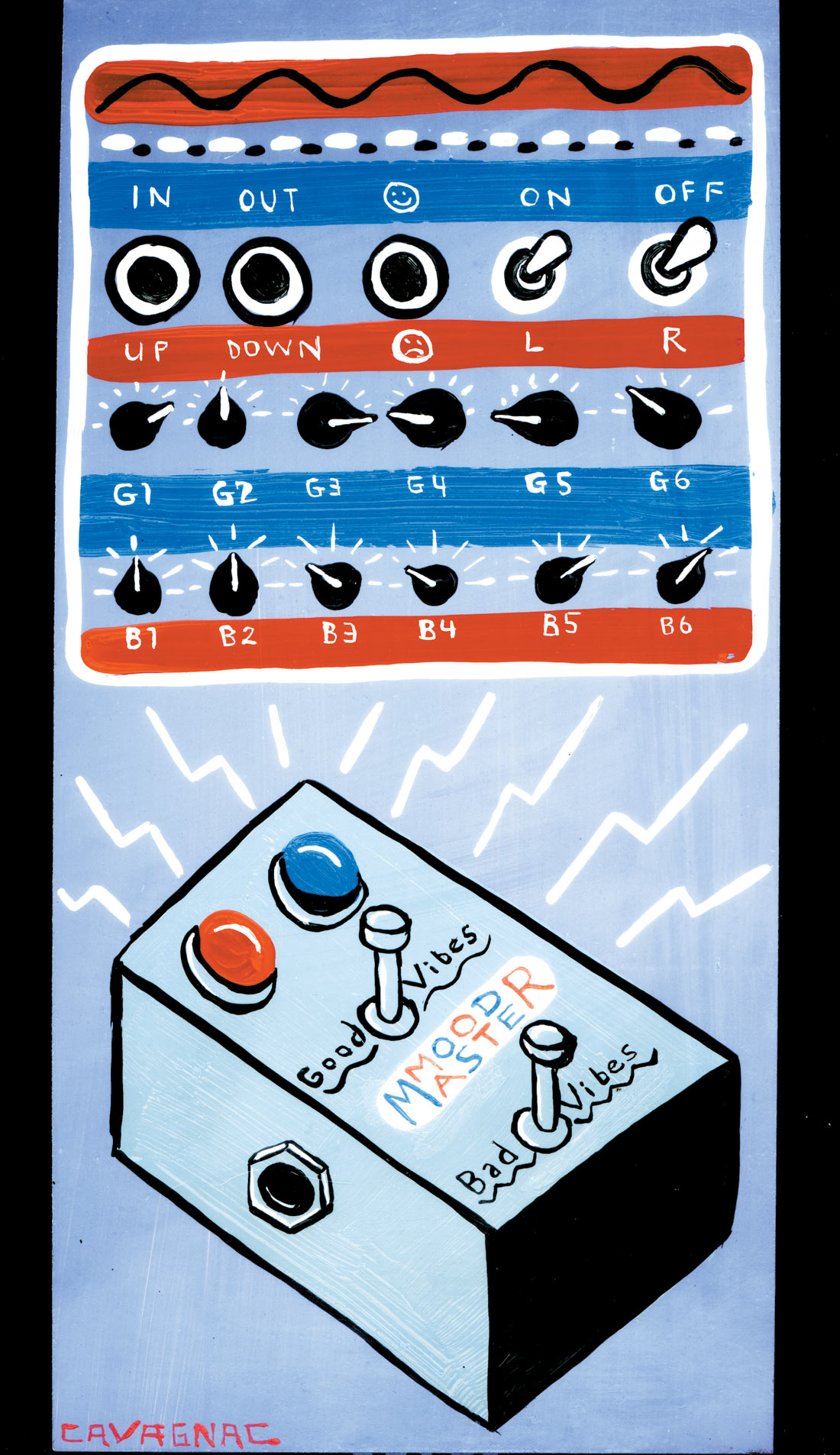
But for proper adherence to standard, it is necessary is it possible to place just ISRC metadata to plain RIFF WAV file? Technically yes - you can just create aXML chunk with that field. Important thing with this extension is, that RF64 is actually compatible with previous readers (of course unless file is larger than 4GiB).Īnd finally to first ingnition question. I can recall Sonic Foundry's WAVE64 or Adobe Audition solution and also some issues with libsndfile used by Saracon (i'm not sure about current versions of those programs and its compatibility with standardized RF64).

Unfortunatelly, before this gets standardized by EBU there were several vendor specific uncompatible solutions for overcome this. Second enhancement solves files larger than 4GiB and it is called RF64. Without that, it is possible to use only mono or stereo.

First one addresses mainly storage of multichannel interleaved audio and it is called Wave Format Extensible. WAV format has two other significant standard enhancements from its beginning at early 90's. One supplement standardizes aXML chunk, which is used for storage of ISRC metadata. Those supplements basically standardizes other chunks than BEXT. There are few supplements to main BWF standards. But for playback, there is no difference - any correctly written wav reader should correctly read audio data from BWF and unless it doesn't save to it, there is no problem with compatiblity. Saved file don't have proper padding within RIFF structure. And similarily, it is also reason, why some tagging programs make unreadable BEXT chunk after saving of new RIFF file although it preserves BEXT content. timecode) generated by particular device (eg. This is quite important and it is main reason, why for instance some programs can't correctly interprets BEXT metadata (eg. If chunk length isn't even, it has to be corrected (padded) by null byte.
#DDP AUDIO VS BWF PLUS#
Plus there is somewhat tighter requirement for proper - even bytes lengths of each chunk in RIFF file. There are three revisions this chunk structure, latest one (v2) for instance adds loudness metadata. BWF extension although some programs use it. That is basic characterization of it, there is not necessary to use. BWF aka Broadcast Wave can be understanded as WAV file with added broadcast chunk BEXT.

Microsoft WAV belongs to RIFF family of file formats (similarily like for instance AVI video container), which means that all its payload (user data) is arranged in data structures called chunks. In order to be able to store audio which would exceed this limit, 2 different chunks exist allowing the audio material to be spread across several files: cont & link (see list above)."Īlthough i expressed some skepticism to whole thing, i can't face temptation and here is my take for BWF explanation and few general notes about compatiblity, Unfortunately, this compatibility also preserves the filesize limitation that WAV files have (4 GiB in theory, 2 GiB in practice because most implementations use signed integer). "Since the only difference between a BWF and a "normal" WAV is the extended information in the file header (Bext-Chunk, Coding-History, etc.), a BWF does not require a special player for playback. I do agree about referring to them correctly, however. They are identical to WAV, except for the metadata header.
#DDP AUDIO VS BWF FREE#
Until all mastering engineers decide to start using BWFs instead of WAVs for submissions, and clients/labels/aggregators start asking for BWFs instead of WAVs, it's all pretty academic, no? There is no place to add meta data to WAV files.According to Broadcast Wave Format - Wikipedia, the free encyclopedia Wish someone would change the title of this thread to "ISRC in BWF, now possible", and people would stop referring to them as WAVs.


 0 kommentar(er)
0 kommentar(er)
